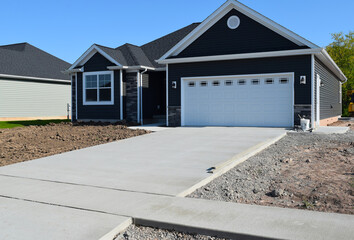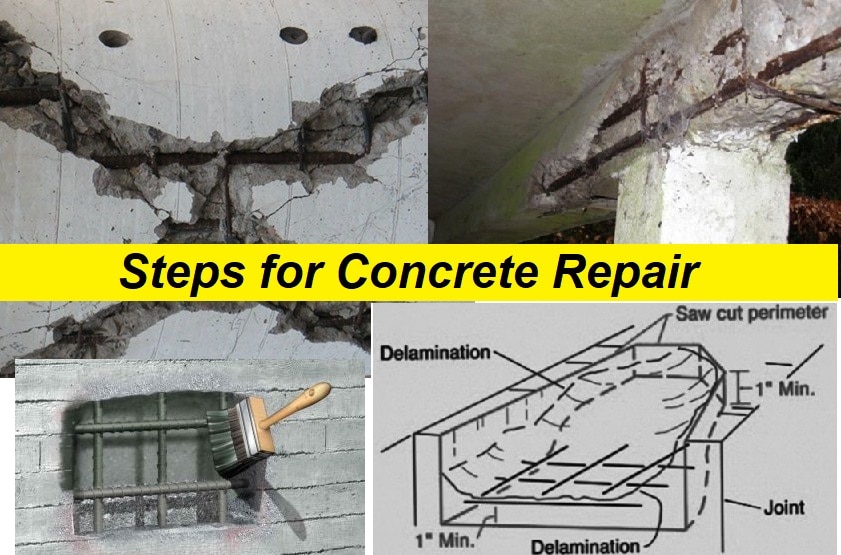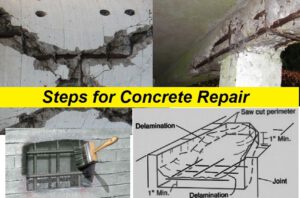A concrete driveway offers a variety of advantages. In addition to being durable, it’s also easy to maintain and attractive. However, it is important to understand the correct concrete specifications before a driveway is installed. This will help you choose the best contractor for your project. To learn more about the advantages of concrete driveways, visit Concrete Contractors Dallas TX.

The durability of concrete is one of the main reasons many homeowners choose it for their driveways. Unlike asphalt, concrete doesn’t crack easily and can last up to 50 years with proper maintenance. Concrete is also a good choice for areas that experience snow and ice. However, this material is sensitive to extreme cold and can buckle if improperly maintained.
Aside from durability, concrete can be customized with various designs to match the overall aesthetic of your home. This can help boost your curb appeal and make your property more appealing to buyers.
Another benefit of concrete is that it’s easy to maintain and requires minimal mowing or weeding. It’s also resistant to stains, making it easier to clean the surface.
A concrete driveway is one of the most durable types of surfaces you can have for your property. It is also fairly easy to maintain, and it can last up to 3 times longer than other materials.
Keeping your concrete driveway clean is the most important way to ensure it looks its best. You can do this by sweeping off any debris that may build up on it or by power washing the area if necessary.
It’s also a good idea to have your driveway sealed on a regular basis so that it can resist the effects of the elements and oil and other fluids that could stain or damage the surface.
A well-maintained driveway is an important part of your home’s livability, safety, and value. Cracks, stains, loose rocks, and moisture all take their toll on your driveway, but regular care and maintenance can slow down the process and keep it looking its best for years to come.
Unlike other forms of driveways, which serve a functional function, concrete can be an excellent way to enhance the aesthetic appeal of your home. The material comes in a variety of colors and designs that can help you add some flair to your property.
Adding a decorative border around your concrete driveway is a simple way to make it stand out. This helps to tie your driveway into the overall design of your property and can increase its curb appeal as well.
A broom finish or a swirled finish are other simple ways to enhance the beauty of your concrete driveway. Both create patterns of fine lines on the surface that provide texture and contrast to the plain concrete.
Another popular option for enhancing the aesthetics of your concrete driveway is to mix aggregate in with the concrete before it’s poured. This adds a layer of texture and nuance to your driveway’s look for a very reasonable cost.
A concrete driveway is a cost-effective way to improve the appearance of your property. It’s an investment that can increase your home’s value and make it more attractive to potential buyers.
In addition, the material is durable and low maintenance. It requires little to no repairs and can be sealed every 3 to 5 years for added protection.
Compared to gravel and asphalt, concrete is also more environmentally friendly. The material contains stone, sand, cement and water that are recycled and used in the manufacturing process.
It is also a better choice for warm climates because it absorbs less heat than asphalt, making it pleasant to walk on. However, it is prone to cracking in cold weather due to frost heaves.
A concrete driveway is a paved surface made of concrete that leads from the street to a residential or commercial property. It is typically wider than a sidewalk and provides a space for vehicles to park or turn around.
Concrete driveways are durable, low-maintenance, and long-lasting, making them popular for homeowners and commercial property owners. They are resistant to wear and tear, weathering, and staining, and can be designed in various shapes, sizes, and colors to enhance the property’s appearance.
The installation process of a concrete driveway involves excavating the soil, preparing the sub-base, adding reinforcement, pouring the concrete, and finishing the surface with a sealant. The size and thickness of the driveway depend on the expected load and traffic and local building codes and regulations.


